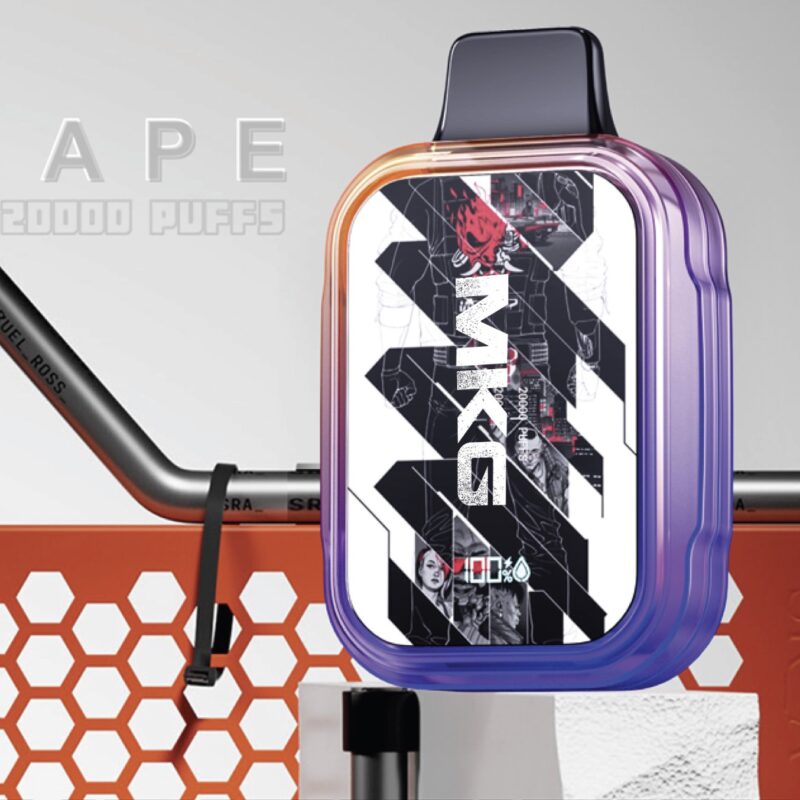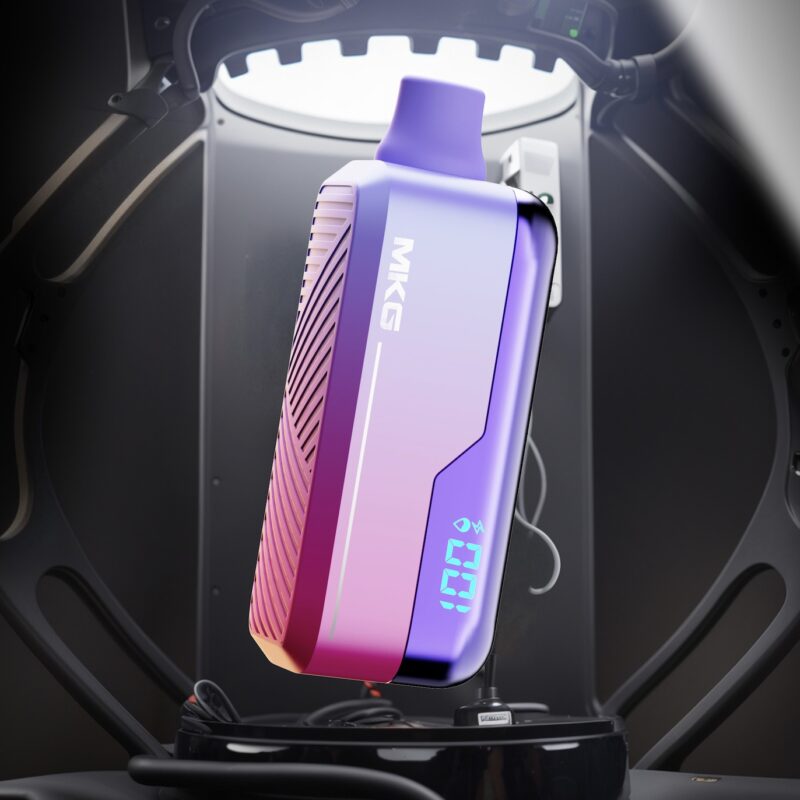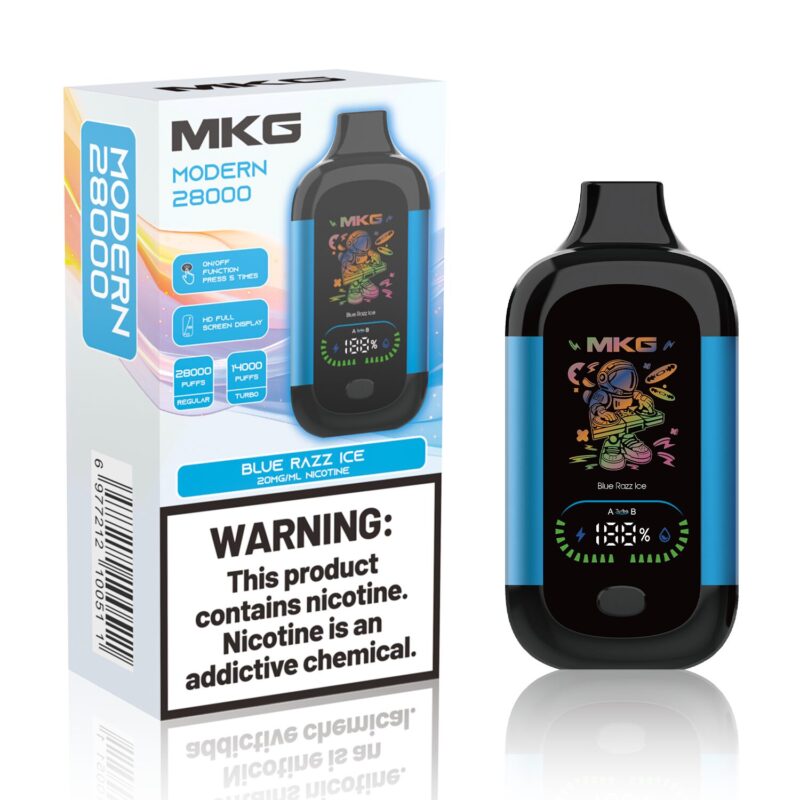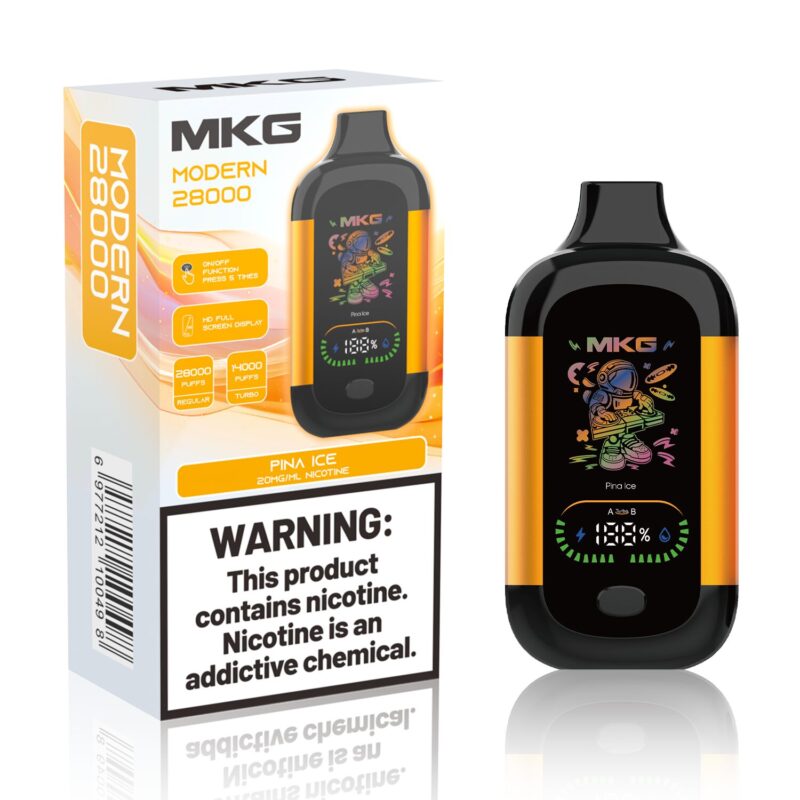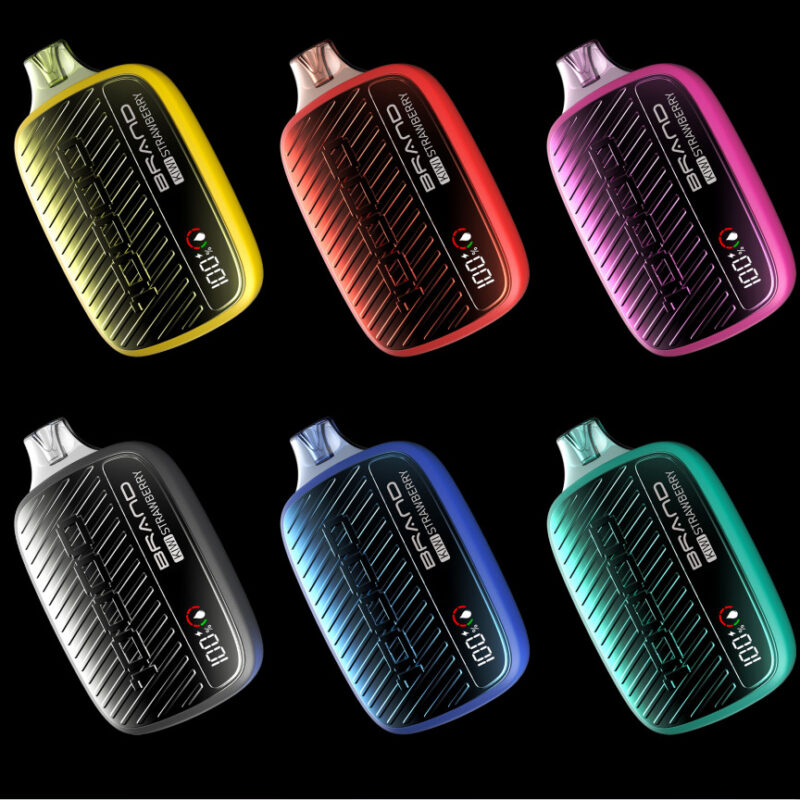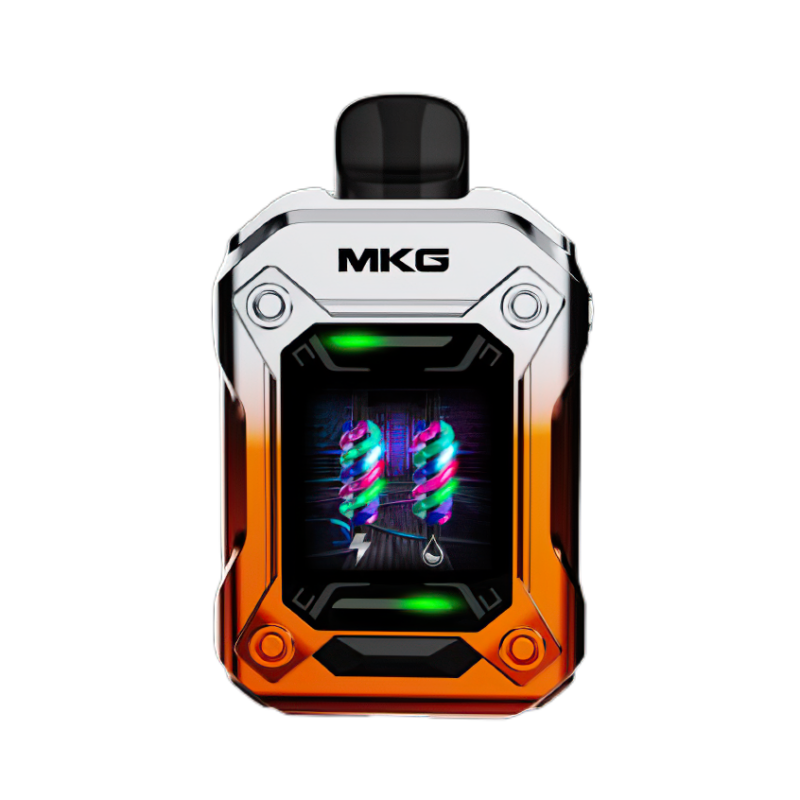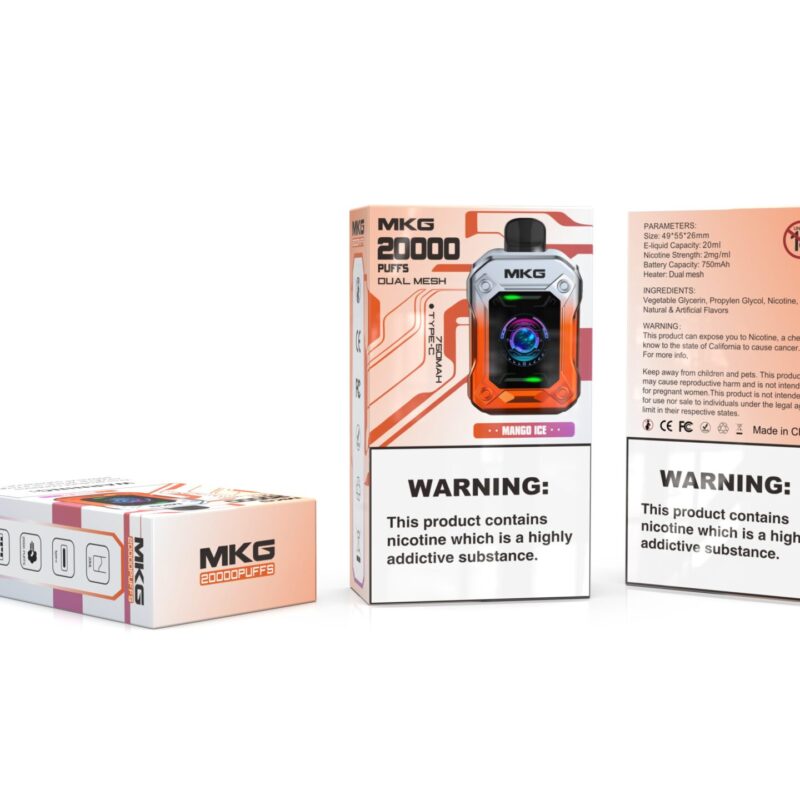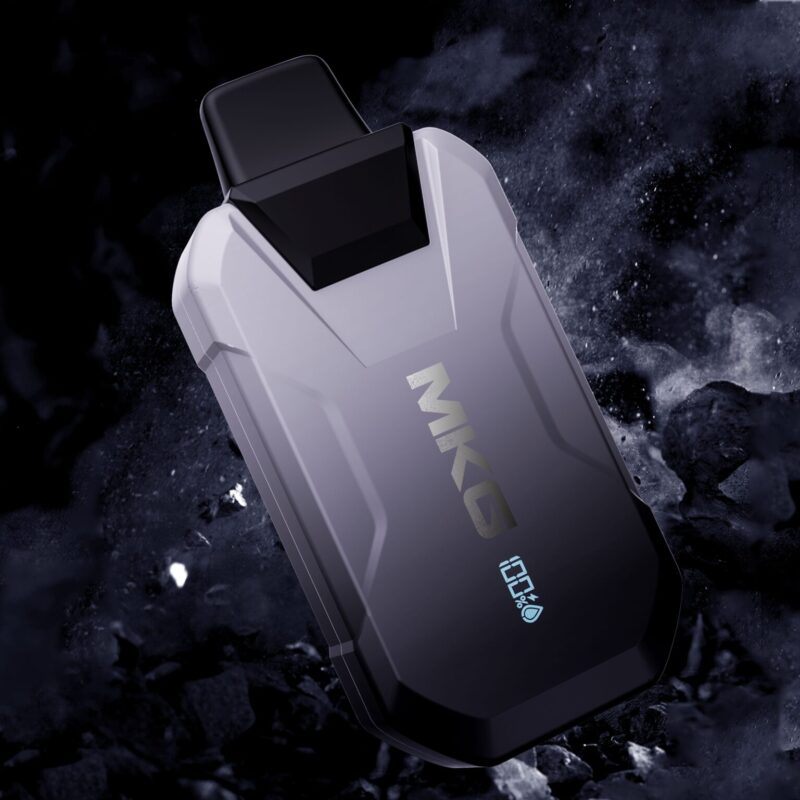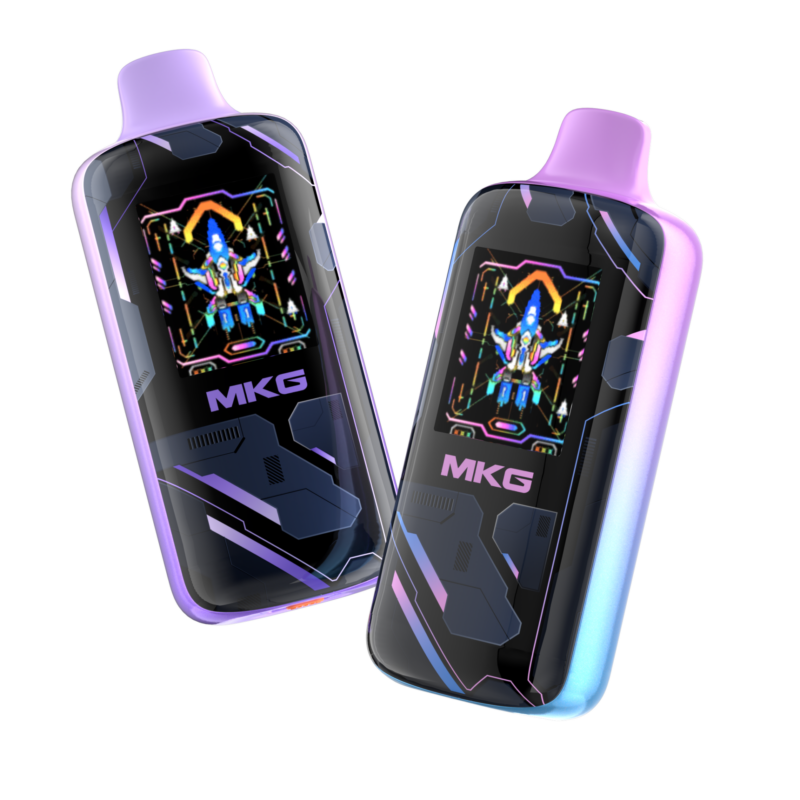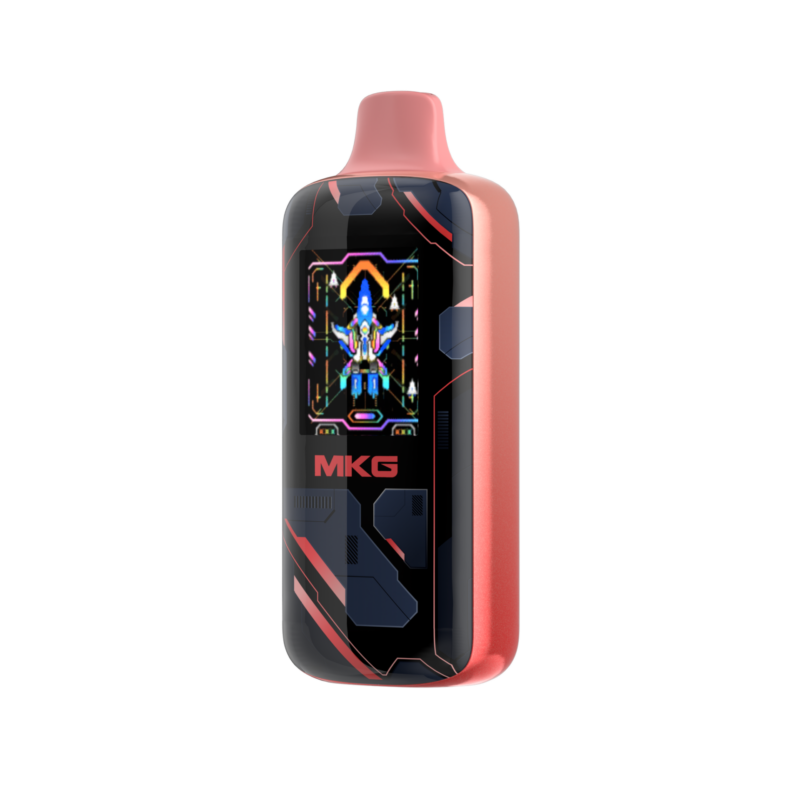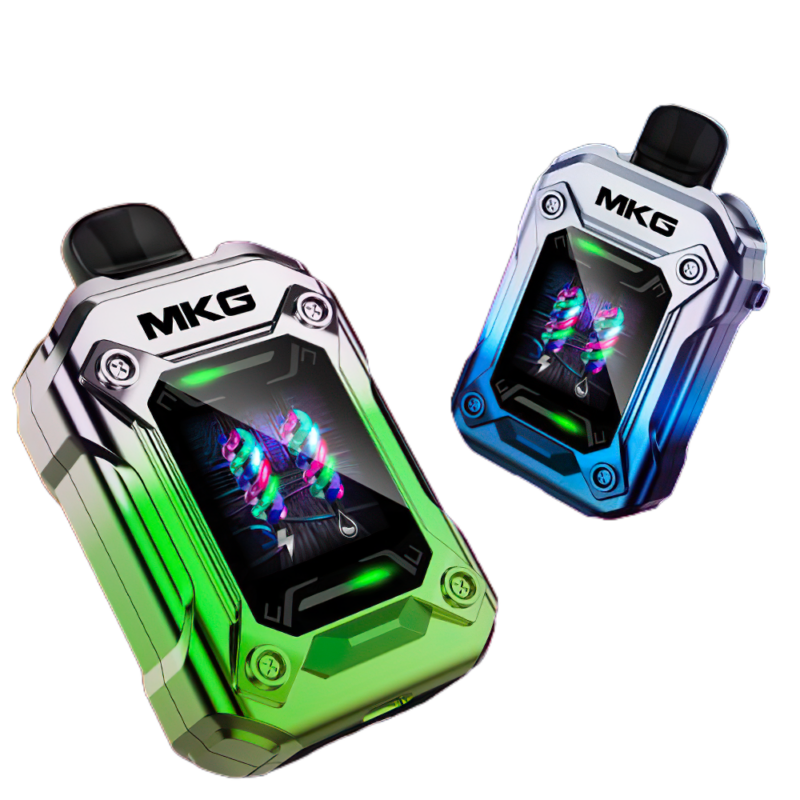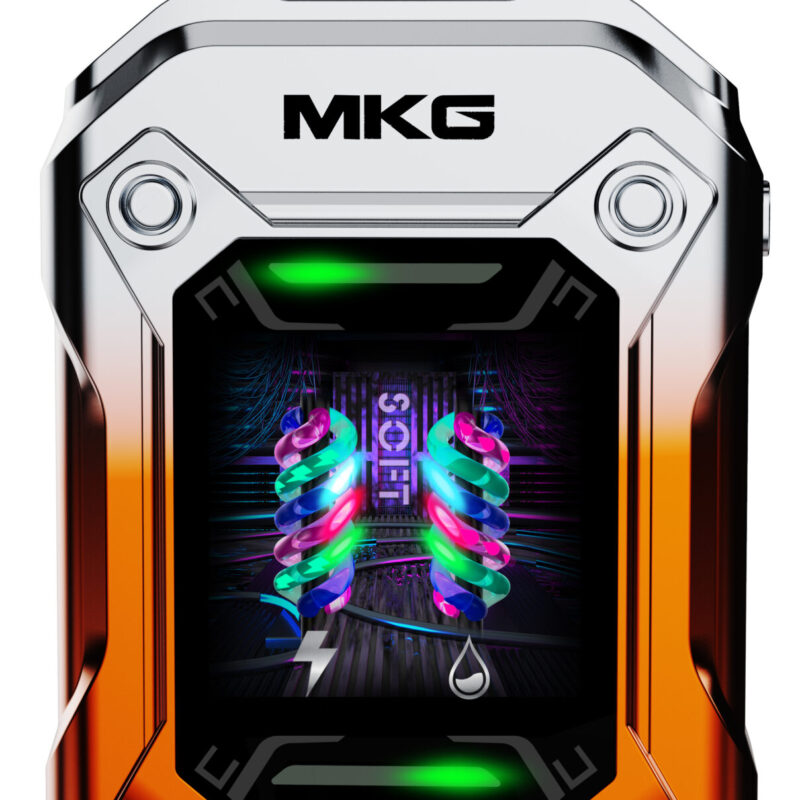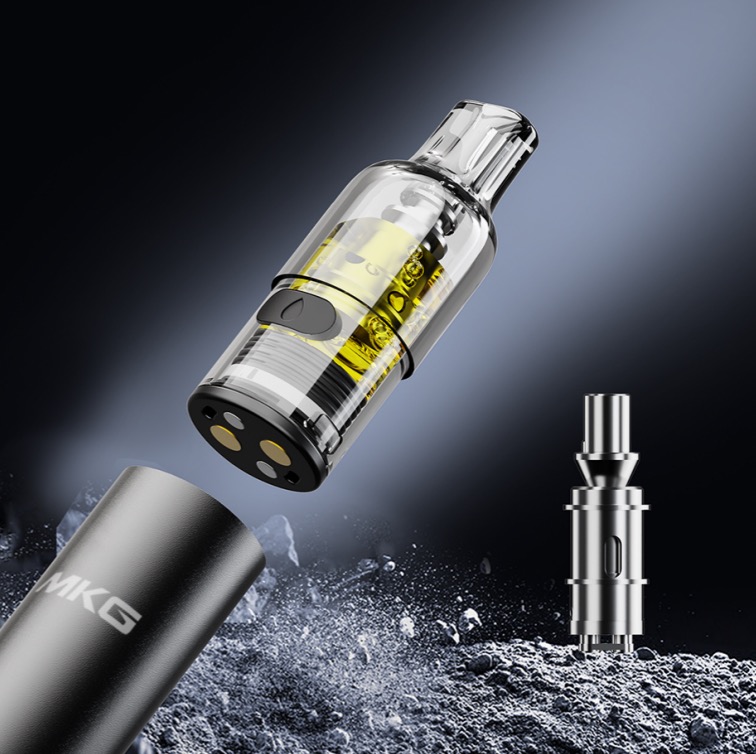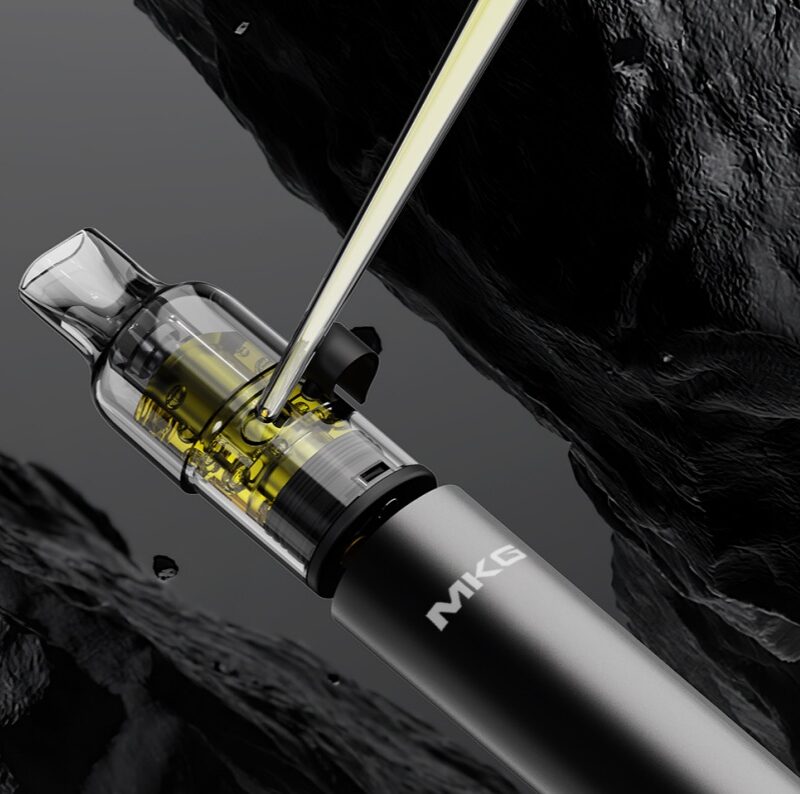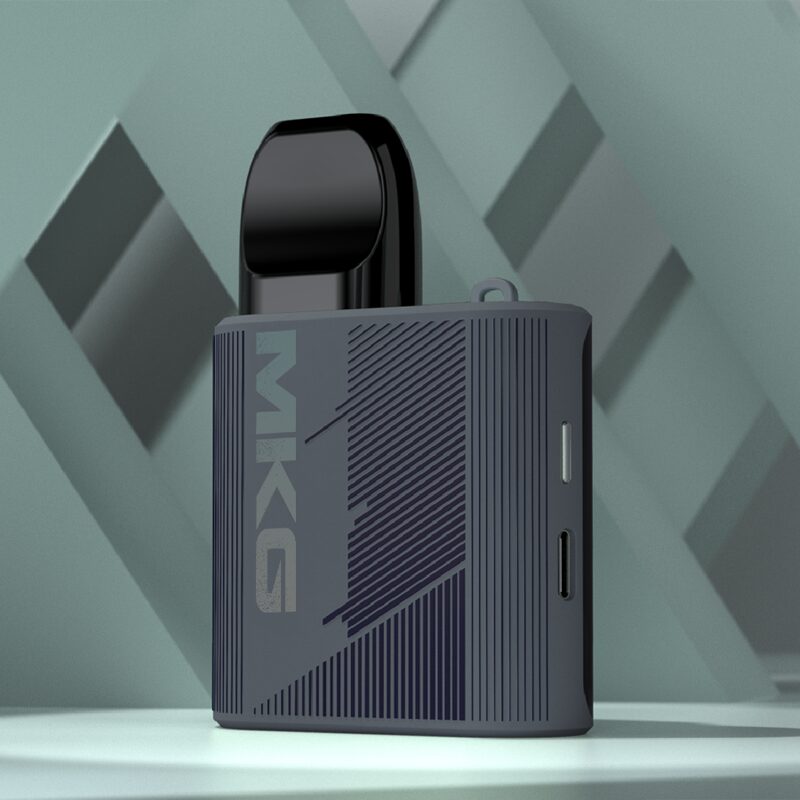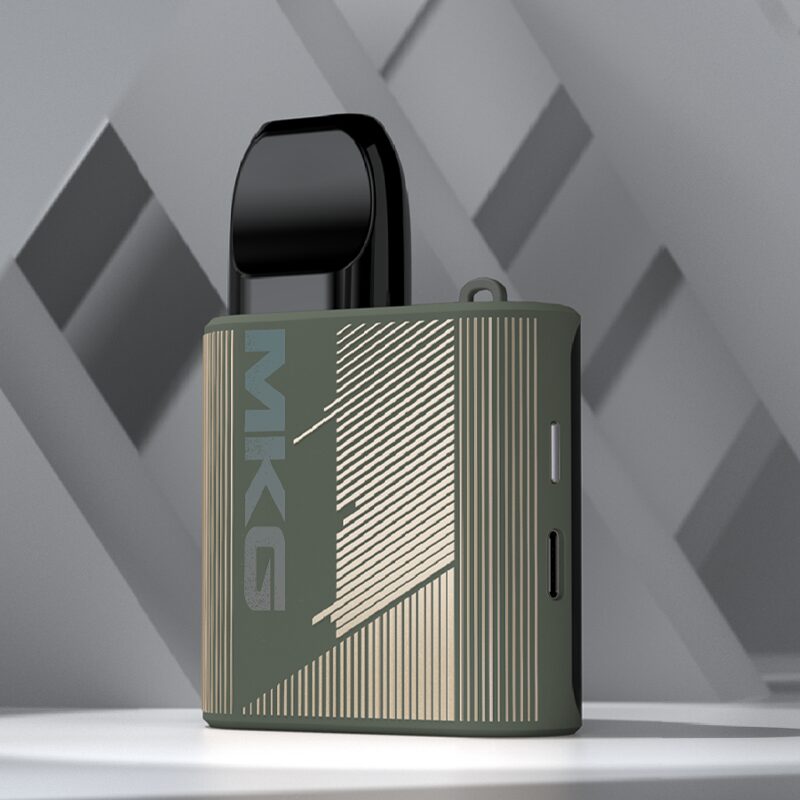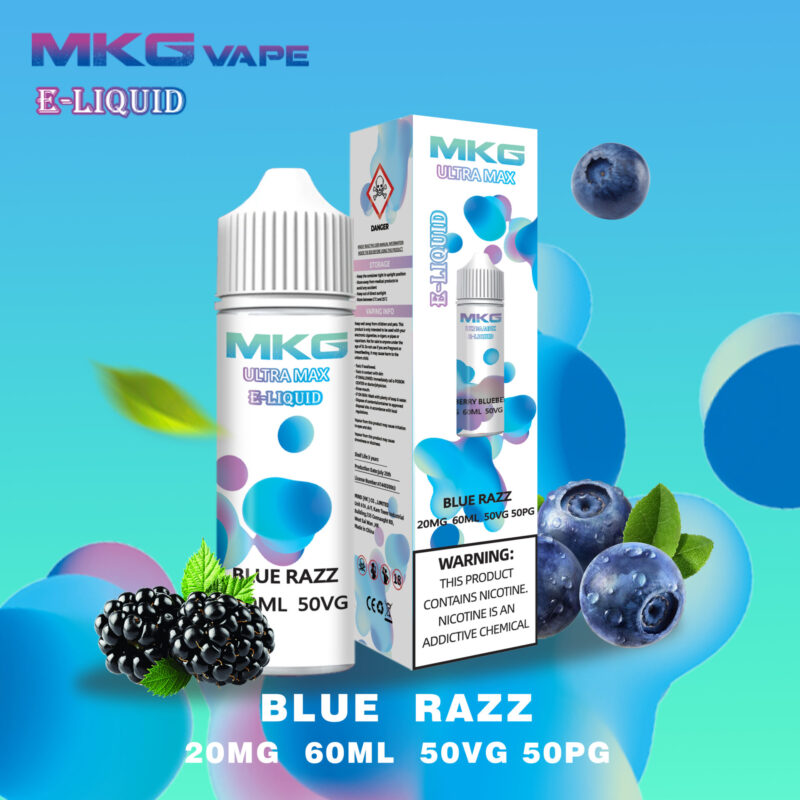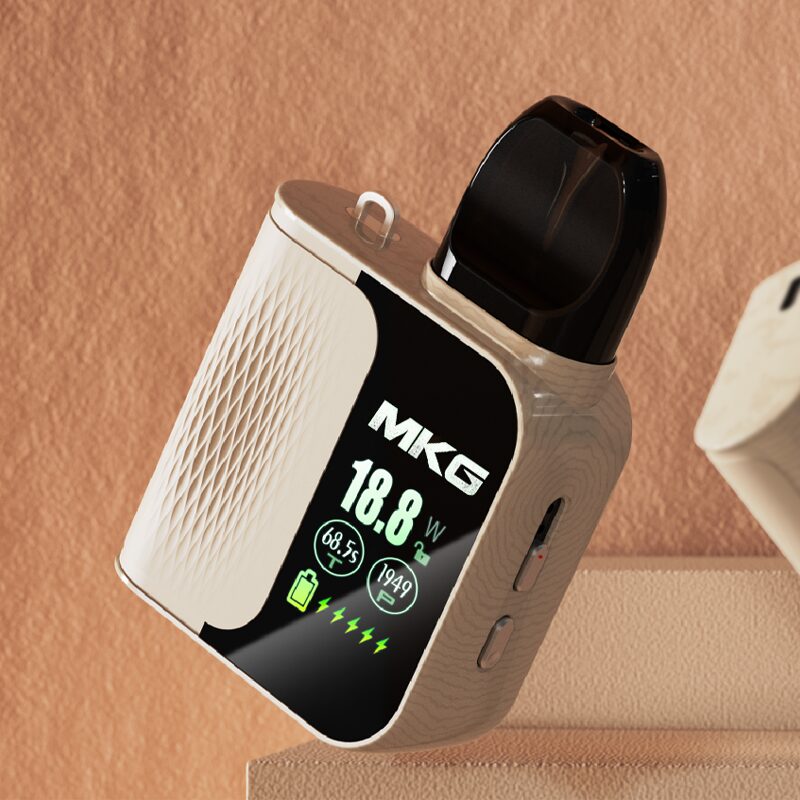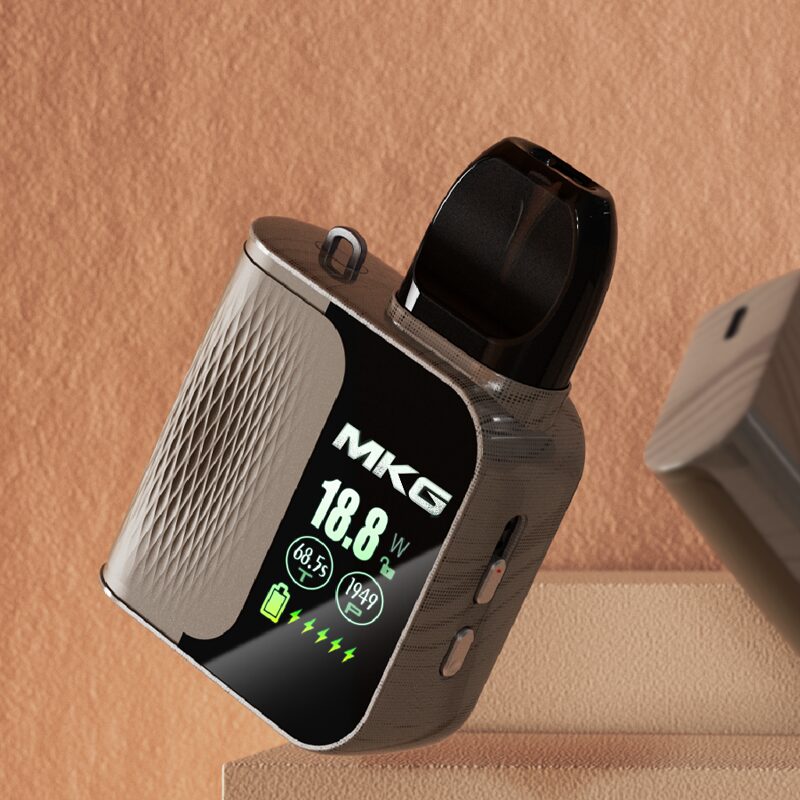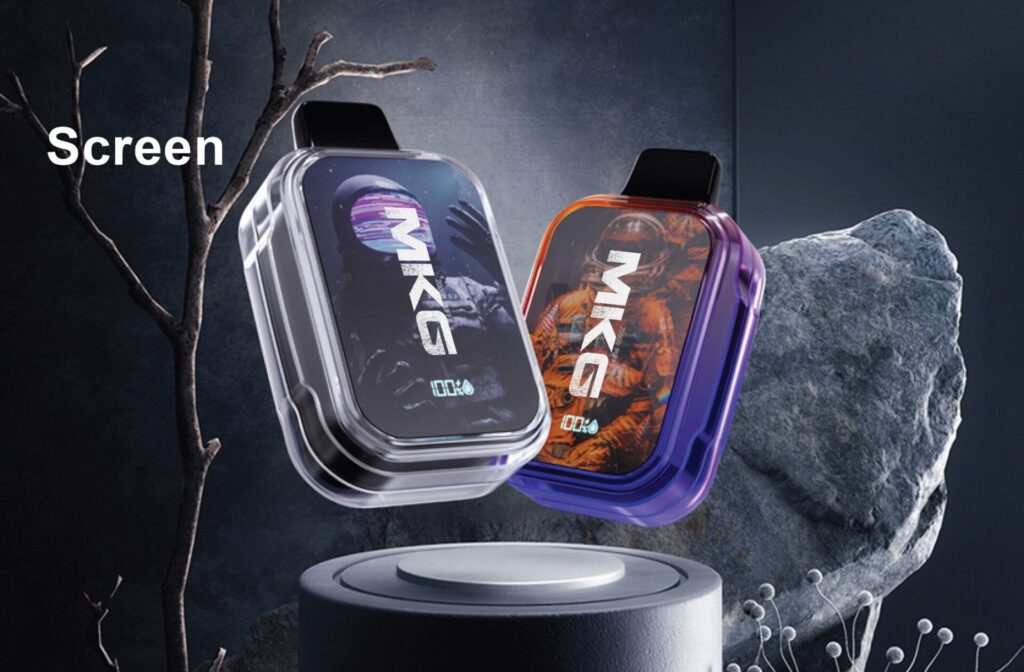1. TPD
background
On February 26, 2014, the European Parliament officially approved the revised tobacco product directive Tobacco and related products DIRECTIVE (2014/40/EU), replacing the old version of the directive 2001/37/EC, people used to call 2001/37/EC It is called TPD I, and 2014/40/EU is called TPD II. 2014/40/EU has come into force on May 20, 2016, and it is the first time that electronic cigarettes have been included in the control scope of the tobacco product directive. Among them, Chapter 20 (Article 20) clearly puts forward requirements for the marketing and sales of electronic cigarette products, requiring products to be submitted for registration 6 months before listing, and details the list of materials that need to be submitted for registration. TPD is an EU directive, which is implemented by EU member states, and requires member states to convert it into their domestic laws and implement it before May 20, 2016. When translating the EU Directives into the domestic laws of the EU member states, the laws of each country are slightly different, so there will be different requirements. Before exporting products to the EU, you should understand the legal requirements of the destination country in detail to avoid non-compliance.
Testing requirements
Test the content of the following chemical substances in the smoke released by electronic cigarettes, the first 3 items are tested without e-liquid products, and all 7 items are tested with e-liquid products
No. Category / Classification / Test Items / test items
1 Nicotine consistency/nicotine stable release Nicotine/nicotine (test 5 sets of data and evaluate the stability of release)
2 Carbonyl Compounds/Carbonyl Compounds Formaldehyde/Formaldehyde
Acetaldehyde/Acetaldehyde
Acrolein/Acrolein
crotonaldehyde/crotonaldehyde/crotonaldehyde
butyraldehyde/butyraldehyde
propionaldehyde/ propionaldehyde
methyl ethyl ketone
acetone
3 Trace Metals/Trace Metals Chromium/Chromium
Nickel/nickel
Iron/iron
Aluminum/aluminum
Tin/tin
Lead/Lead
Cadmium/ Cadmium
arsenic/arsenic
Antimony
Copper/copper
mercury/mercury
4 Flavor/Acetyl Diacetyl/Diacetyl
Pentane 2,3 dione/acetyl
5 Glycol/alcohols Ethylene Glycol/ethylene glycol
Diethylene Glycol/ Diethylene Glycol
6 N-nitrosonornicotine (NNN)
4-(N-methylnitrosamino)-1-(3-pyridyl)-1-butanone (NNK)
N-nitrosoanatabine (NAT)
N-nitrosoanabasine (NAB)
7 VOC substances toluene/toluene
benzene/benzene
1.3-butadiene/1.3-butadiene
isoprene/isoprene
registration process
1. Register an EU Login account, submit the Submitter ID application form, and obtain the company’s Submitter ID
2. Collect basic product information, production process documents, instructions for adding e-liquid to the atomizer, smoke test reports, product composition information, composition CLP classification and TOX information, assign different EC-IDs to different products, and use XML tool to generate XML document
3. Submit the generated XML file through the EU-CEG system
4. Each member state receives the registration documents, sends INVOICE to the applicant, and the applicant pays according to the requirements of INVOCIE, and waits for the review result to be announced
2. EU representative
The TPD Directive clearly mentions that manufacturers outside the EU who sell e-cigarette products in the EU must appoint natural or legal persons in the EU as their representatives.
1. The EU representative must be a natural or legal person within the EU
2. The EU representative must be authorized by the manufacturer
3. Responsibilities of the EU representative:
a, Check the technical documentation and declaration of conformity of the product to ensure compliance with the requirements of relevant EU regulations and harmonized standards
b. Provide necessary information and documents to market surveillance agencies in a timely manner if required
c. If you know that the product involves certain risks, you should take the initiative to report to the market surveillance agency
d, When a problem occurs with the product, ensure that necessary corrective actions are taken immediately
4. Information of the EU representative: name or company name or registered trademark, contact information, mailing address must be reflected on the product or packaging, package or accompanying documents Author


